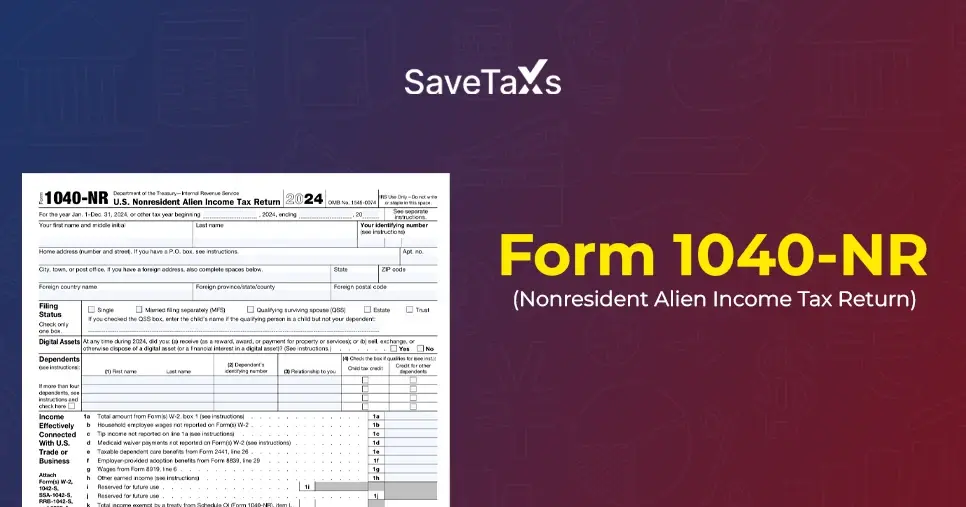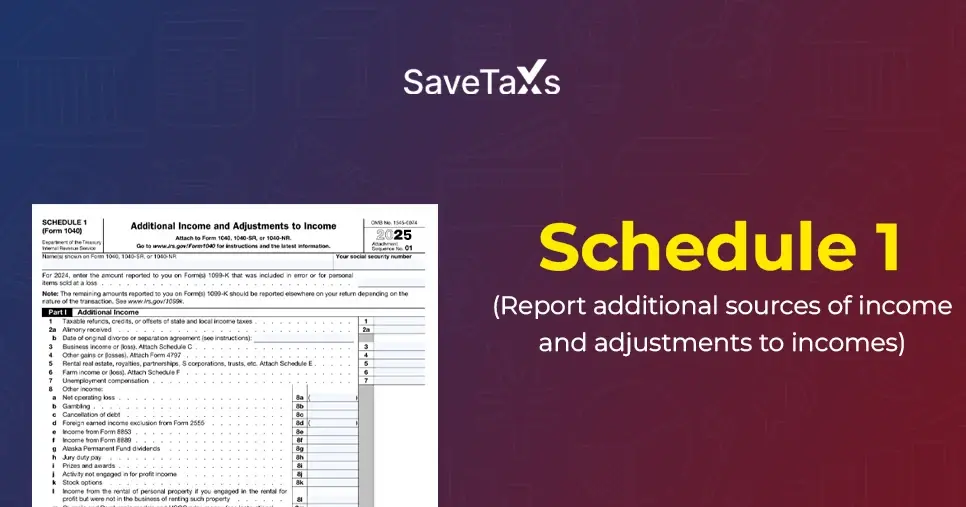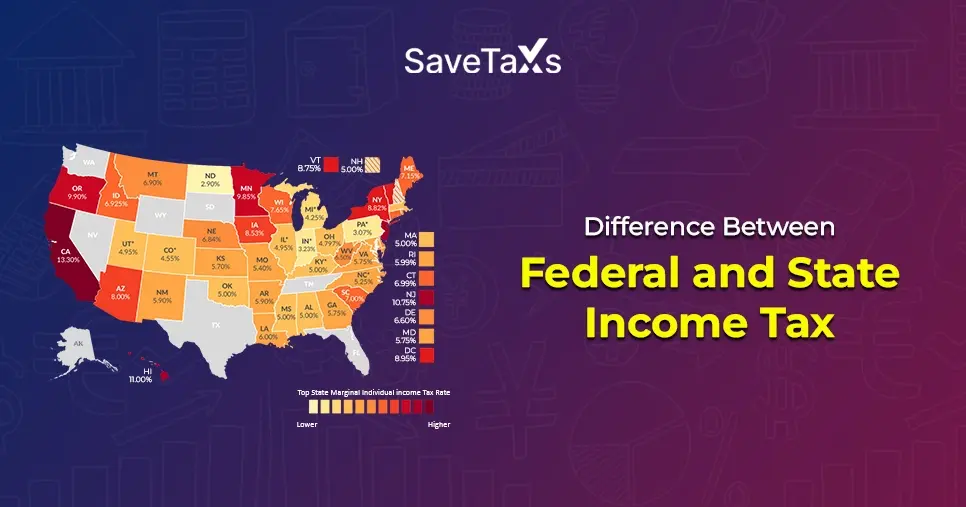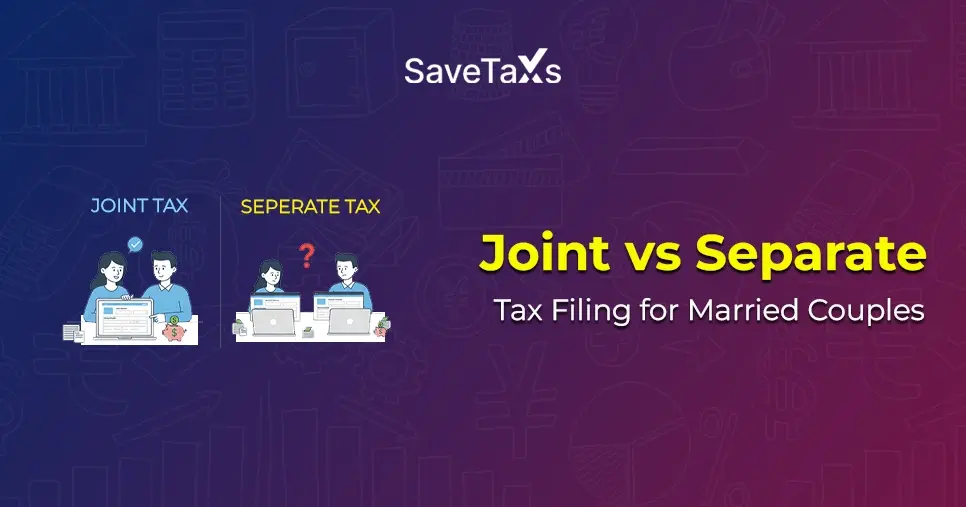Section 194N was introduced by the Government of India (GOI) in the Union Budget 2019, and from July 1, 2020, it came into effect. Under this section of the Income Tax Act, 2% Tax Deducted at Source (TDS) applies to an individual, whether resident or non-resident, if their total cash withdrawal amount in a financial year is more than INR 1 crore.
In the case of co-operative societies or firms, the specified limit is INR 3 crore. Additionally, if an individual did not file the income tax returns (ITR) for the last 3 years, based on the withdrawal amount, the TDS limit and rates differ. However, the TDS will be deducted from the exceeding amount. Do you know that, under section 194N, now on your cash withdrawal, you may be liable to pay TDS if it is more than the specified cash transaction limit in a financial year?
Want to know more about this section and how you can avoid paying TDS on your cash withdrawal? This blog explains in detail about Section 194N of the Income Tax Act, with its meaning, applicability, TDS rates, threshold limit, and examples of TDS calculation under this section. So, let's begin reading.
What Is Section 194N of the Income Tax Act?
As stated above, section 194N of the Income Tax Act deals with TDS deduction on the cash withdrawal amount physically by individuals (resident or non-resident) and other eligible entities. According to this section, banks, co-operative societies, and post offices are liable for TDS deduction on large cash withdrawals by an individual or an entity more than the specified limit in a financial year. Being an individual, if your cash transaction is more than INR 1 crore in a financial year, you need to pay 2% TDS. Additionally, for the last three years, if you have not filed the ITR for the cash withdrawals up to INR 20,00,000, 2% TDS will be deducted, and for amounts above INR 20,00,000 and beyond INR 1 crore, 5% TDS will be deducted.
Furthermore, Section 194N-TDS on cash withdrawal applies to the following entities:
- An individual, whether an Indian resident or non-resident
- A company
- A Hindu Undivided Family (HUF)
- A Body of Individuals (BOIs) or an Association of Persons (AOP)
- A Partnership firm or LLP
However, the provisions under section 194N of the Income Tax Act will not apply if the individual or entity made the payment to any of the following:
- A post office
- The Government of India (GOI)
- Any private or public sector bank
- Any Indian bank's white-label ATM operators
- Business officials of a registered banking company
- As per notification number 70/2019- Income Tax, dated 20 September 2019, specified traders or commission agents under the Agriculture Produce Market Committee (APMC)
- As per notification number 80/2019- Income Tax dated 15 October 2019, a Full-Fledged Money Changer (FFMC) licensed by the Reserve Bank of India (RBI)
- Notified by the government of India, any other eligible entity or person
This was all about the Section 194N- TDS on cash withdrawal and on whom it is applicable. Moving ahead, let's know the key reason why this section was introduced by the Indian government.
What was the Reason Behind Introducing Section 194N?
As mentioned above, in the Union Budget 2019, the Government of India introduced section 194N of the Income Tax Act that came into effect on 1 July 2020. The key aim behind introducing this section was to reduce cash transactions and withdrawals, promote digital payments, and curb the creation of black money in India. With the push of the government towards digital India, Section 194N of the Income Tax encourages businesses and individuals to use digital payment modes, which provide greater traceability and transparency, making it simpler to enforce tax compliance. With limited withdrawals of cash, the Indian government aims to decrease the chances of untaxed and unreported cash transactions. So, in simple words, Section 194N was introduced by the government to develop a cashless economy, reduce tax evasion, and improve the collection of tax.
This was all about the reason behind introducing Section 194N of the Income Tax Act to the people. Moving further, let's know under this section who can deduct TDS.
Who will Deduct TDS Under Section 194N?
Under section 194N of the Income Tax Act, 1961, the following entities are accountable to deduct TDS on cash withdrawals:
- Post office
- Co-operative society offering banking services
- Under the 1949 Banking Regulation Act, a banking company (It includes any bank or banking institution stated under section 51 of the Income Tax Act).
These entities are liable to deduct 2% TDS under section 194N on any individual or entity for making a cash transaction over the mentioned limit from the account of the recipients. Now, in the next section, let's know how the threshold limit is calculated.
How to Calculate the Threshold Limit?
In the following ways, under section 194N, the threshold limit of the cash transaction is deducted:
- In a financial year, if an individual makes a cash transaction from the bank that is more than INR 1 crore, then in this scenario bank is liable to deduct TDS. Here, the deduction will be made on the additional amount that is more than INR 1 crore.
- The threshold limit of INR 1 crore in an accounting year is for a post office or a bank account, and not per the account of the taxpayer. Confused? For instance, if a person has four bank accounts, the he/she is eligible to withdraw INR 1 crore cash from each account, i.e., INR 4 crore without any TDS deduction.
- Additionally, at regular intervals of time, if an individual is making a cash transaction, the payer is liable to deduct TDS once the withdrawal amount is more than INR 1 crore in a financial year. For instance, Mr. A makes a cash transaction once makes a cash transaction of INR 99,00,000 in a financial year, and then in the same year, he withdraws INR 1,50,000 cash. In this case, the TDS will be deducted on INR 50,000.
- If an individual has several bank accounts in the same bank and from all his/her bank accounts he/she makes a cash transaction. In this scenario, the TDS threshold limit will be calculated by adding the total withdrawal cash from all his/her accounts.
Here is how the threshold limit of the cash transaction in a financial year is deducted under section 194N for TDS deduction. Moving ahead, let's know the rate of TDS under this section.
TDS Rate Under Section 194N
Under section 194N of the Income Tax Act, 1961, the rate of TDS depends on the total cash transaction from the person from one or multiple bank accounts in a financial year. The table below showcases the TDS rate as per the withdrawal amount of the individual.
| Cash Withdrawal Amount |
TDS rate if ITR is filed in any one or all three previous Financial Years |
TDS rate if ITR is not filed for the last three financial years |
| Up to INR 20,00,000 |
- |
- |
| INR 20,00,000 to INR 1 crore |
- |
2% |
| More than INR 1 crore |
2% |
5% |
This was all about the TDS rate under section 194N of the Income Tax Act, 1961. Moving further, let's know the compliance requirements to deduct TDS under this section.
What Are the Compliance Requirements Under Section 194N?
Under section 194N of the Income Tax Act, these are the following compliance requirements are:
- The post offices or banks that are accountable for the deduction of TDS on cash withdrawal should have a Tax Deduction and Collection Account Number (TAN) by their side.
- They are responsible for submitting the deducted TDS amount to the Income Tax Department by the 7 of the upcoming month.
- Additionally, the tax deductor using Form 26QC is accountable for quarterly filing of TDS returns.
These are the compliance requirements that TDS deductors have to fulfill under section 194N of the Income Tax Act. Not fulfilling any of these conditions may result in interest charges and penalties. Now, in the next section, let's know about the points to be considered under Section 194N- TDS on cash withdrawal.
Points to Consider
These are the things you need to consider under section 194N- TDS on cash withdrawal:
- Cash receipts are not eligible to submit Form 15G/ 15H to the bank. Additionally, under section 197 of the Income Tax Act, they are also not eligible for a lower TDS deduction on cash transactions.
- When calculating the last three accounting years, under section 139(1) of the Income Tax Act, if the ITR filing date has not expired, then that assessment will not be included.
These are some of the points that you need to know under section 194N- TDS on cash withdrawal. Moving further, let's understand the TDS deduction of cash transactions with some examples.
Examples
To provide you better understanding of TDS deduction of cash transactions under section 194N, here are some examples. So read on and gain some understanding.
Illustration 1
Mr. A is an Indian resident, and during the financial year 2024-25, he has made some cash transactions. However, for the last three financial years, i.e., 2021-22, 2022-23, and 2023-24, he did not file the ITR.
| Date |
Withdrawal Amount (in INR) |
Aggregate withdrawal amount up to the mentioned date (in INR) |
TDS Rate |
Computation |
Tax to be deducted (in INR) |
| 1 April 2024 |
14,00,000 |
14,00,000 |
- |
- |
- |
| 21 July 2024 |
26,00,000 |
40,00,000 |
2% |
(40,00,000- 20,00,000)* 2% |
40,000 |
| 25 August 2024 |
35,00,000 |
75,00,000 |
2% |
35,00,000 * 2% |
70,000 |
| 4 September 2024 |
35,00,000 |
1.10 crore |
2% and 5% |
(25,00,000 * 2%) + (10,00,000 * 5%) |
1,00,000 |
| 18 October 2024 |
50,00,000 |
1.6 crore |
5% |
50,00,000 * 5% |
2,50,000 |
Under section 194N of the Income Tax Act, for calculating the withdrawal limit, cash withdrawals from all the accounts will be cumulatively considered with the same bank.
Illustration 2
Mr. D is a non-resident Indian, living in the UK. In India, he does have an NRO account with an Indian bank through which he makes cash transactions. However, from the last three assessment years, i.e., 2021-22, 2022-23, 2023-24, he has not filed his ITR. Considering this, his cash withdrawals during the financial year 2024-25 are as follows:
| Date |
Withdrawal amount (in INR) |
Aggregate withdrawal amount up to the given date (in INR) |
TDS Rate |
Computation |
Tax to be deducted (in INR) |
| 10 May 2024 |
20,00,000 |
20,00,000 |
- |
- |
- |
| 25 July 2024 |
40,00,000 |
60,00,000 |
2% |
(60,00,000- 20,00,000)* 2% |
80,000 |
| 15 September 2024 |
50,00,000 |
1,10,00,000 |
2% and 5% |
(40,00,000 * 2%) + (10,00,000 * 5%) |
80,000 + 50,000 =
1,30,000
|
| 20 December 2024 |
40,00,000 |
1,50,00,000 |
5% |
40,00,000 * 5% |
2,00,000 |
| Total deducted TDS = INR 4,10,000 |
Illustration 3
Mr. E has three bank accounts from three different banks in India. During the financial year, he made the following cash transactions. So, let's calculate his TDS deduction under section 194N of the Income Tax Act.
| Bank |
Total withdrawal cash during the financial year 2024-25 (in INR) |
| ICICI Bank |
10,00,000 |
| Axis Bank |
60,00,000 |
| SBI Bank |
50,00,000 |
In the above illustration, no TDS will be deducted under section 194N as the cash transaction does not exceed the threshold limit, i.e., INR 1 crore. However, if Mr. E, instead of INR 60,00,000, withdrew INR 1,10,00,000 from Axis Bank, he would have to pay TDS on the exceeding amount, i.e., INR 10,00,000.
Final Thoughts
In India, today, the majority of people use digital methods for transactions. The push of the country towards digital payments began with the introduction of Section 194N of the Income Tax Act by the Indian government, which specified the cash transaction limits in a financial year. According to this section, if the cash withdrawal amount in a financial year exceeds INR 1 crore, then 2% TDS will be deducted on the excess amount. Additionally, those persons who do not file the ITR for the last three years will have 2% TDS deduction on the cash withdrawal amount more than INR 20,00,000 and 5% on transactions more than INR 1 crore in a fiscal year. Here, the complete blog was in this section. Want to know more about this, or facing an issue in determining your cash transaction limit? Connect with Savetaxs, and our experts will solve your queries within a few minutes. Our team has years of experience with the Indian taxation system, and they can provide you with better guidance.
Note: This guide is for informational purposes only. The views expressed in this guide are personal and do not constitute the views of Savetaxs. Savetaxs or the author will not be responsible for any direct or indirect loss incurred by the reader for taking any decision based on the information or the contents. It is advisable to consult with either a Chartered Accountant (CA) or a professional Company Secretary (CS) from the Savetaxs team, as they are familiar with the current regulations and help you make accurate decisions and maintain accuracy throughout the whole process.
 India
India
 USA
Tax Consultancy Services
USA
Tax Consultancy Services_1756816946.webp)











_1756467732.webp)








